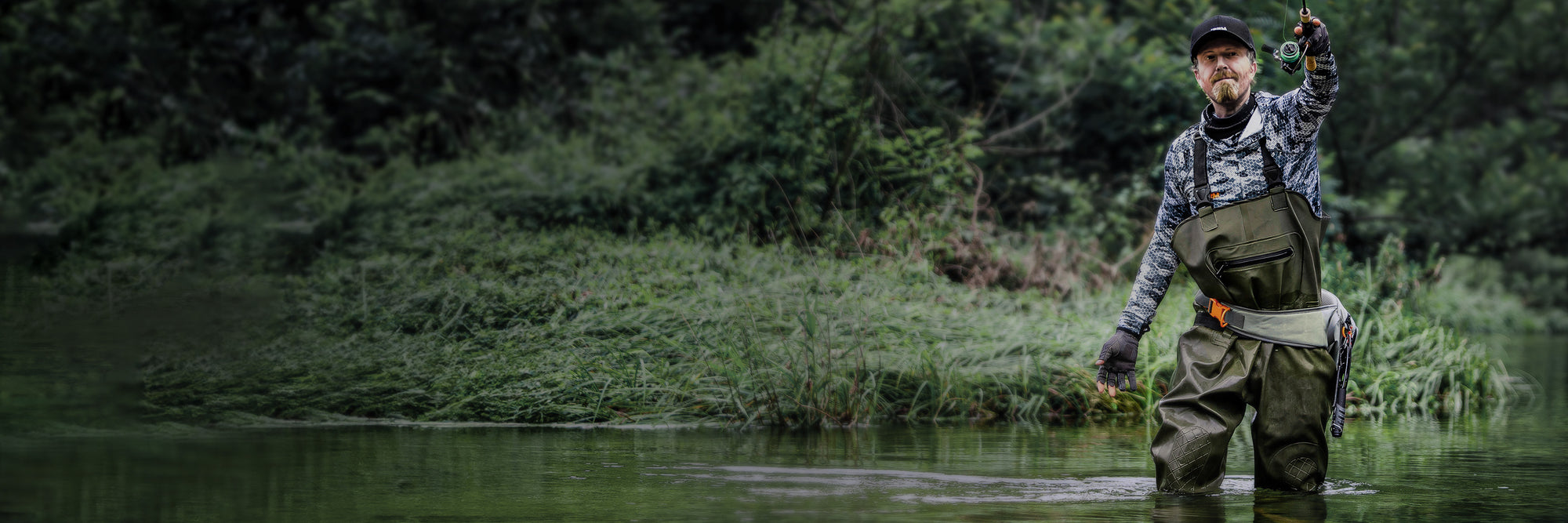Unlock the Secrets: Discover the Perfect Fishing Reel for Your Next Adventure!
Choosing the right fishing reel is crucial for enhancing every fishing experience, whether you’re a novice angler casting your first line or a seasoned pro heading out for a big catch. The ideal reel can significantly improve your efficiency and enjoyment, making the difference between a day filled with excitement or one of frustration. With a myriad of fishing reels available on the market, each designed for specific techniques and environments, understanding their unique applications is essential. This article will explore the various types of fishing reels, their features, and how to select the perfect one for your next fishing adventure.

Understanding Fishing Reels
At its core, a fishing reel is a mechanical device that helps anglers retrieve line and manage their fishing efforts. It is typically mounted on a fishing rod and works in conjunction with the rod to cast bait or lures into the water. The basic mechanics of a fishing reel involve a spool that holds the fishing line, allowing it to be released and retracted smoothly. When you cast, the line is freed from the spool, and when you reel in, the line winds back onto the spool, enabling you to catch fish more effectively. Understanding how these mechanics work is key to mastering your fishing techniques and improving your overall success on the water.
Types of Fishing Reels
Fishing reels come in various types, each designed to cater to different styles of fishing and angler preferences. The most common types include spinning reels, baitcasting reels, and fly reels, among others. Each type has unique features and benefits, making them suitable for specific fishing scenarios. For instance, spinning reels are known for their ease of use and versatility, perfect for beginners and casual anglers. In contrast, baitcasting reels offer greater control and precision for experienced anglers targeting larger species. Fly reels, specifically designed for fly fishing, feature a unique design that allows for delicate line management. Understanding these distinctions will inform your choice of reel based on your fishing style and target species.
Spinning Reels
Spinning reels are arguably the most popular type of fishing reel due to their user-friendly design and versatility. They are equipped with an open-faced spool, allowing for quick line release and easy casting. This makes them ideal for various fishing scenarios, from freshwater lakes to saltwater shores. I remember my friend’s first fishing trip where he used a spinning reel; he was able to catch trout with ease, making it an enjoyable experience. Their lightweight nature also makes them suitable for long days on the water, allowing anglers to fish for hours without fatigue.
Baitcasting Reels
Baitcasting reels are designed for more experienced anglers who require precision and control over their casts. These reels sit atop the rod and feature a closed spool, allowing for greater accuracy when casting heavier lures and targeting larger fish. While they may have a steeper learning curve than spinning reels, the benefits they offer in terms of control can be significant. My friend who switched to a baitcasting reel shared that the ability to cast precisely into tight spots transformed his fishing success, particularly when targeting bass.
Fly Reels
Fly reels are specialized for fly fishing, a unique method that requires a different approach than traditional fishing techniques. These reels have a simple design, allowing for easy line management while casting lightweight flies. The drag system in fly reels is crucial, as it helps manage the tension when a fish takes the bait. I once joined a fly-fishing trip with a few friends, and seeing them expertly maneuver their fly reels was fascinating. The combination of skill and the right equipment made for an unforgettable day on the river.
Choosing the Right Reel for Your Adventure
When it comes to selecting the best fishing reel, several factors come into play. Your fishing style, target species, and personal preferences will dictate the type of reel that will work best for you. If you’re a casual angler targeting smaller fish, a spinning reel may be your best bet. On the other hand, if you’re after larger species and enjoy the challenge, a baitcasting reel could enhance your experience. Comfort is also paramount; a well-balanced reel will make long fishing trips more enjoyable. Take the time to test different reels and find one that fits your hand comfortably, as this will significantly impact your overall fishing experience.
Maintenance Tips for Fishing Reels
To prolong the life of your fishing reels, regular maintenance is essential. Start with cleaning your reels after each fishing trip to remove sand, salt, and grime. A simple rinse with fresh water followed by drying can work wonders. Lubrication is also crucial; apply a few drops of reel oil to the moving parts to keep them functioning smoothly. Additionally, storing your reels properly can prevent damage. Use protective covers and store them in a cool, dry place to avoid corrosion. Taking these simple steps will ensure your reels remain in top condition, ready for your next fishing adventure.
Enhancing Your Fishing Experience
In summary, selecting the right fishing reel can greatly enhance your fishing experience. Understanding the different types of reels and their applications allows you to make informed decisions based on your fishing style and target species. Whether you choose a spinning reel for its versatility, a baitcasting reel for precision, or a fly reel for specialized fishing, the right choice will lead to more successful and enjoyable fishing trips. So, get out there, explore the various options, and find the perfect fishing reel that suits your needs for your next adventure!








